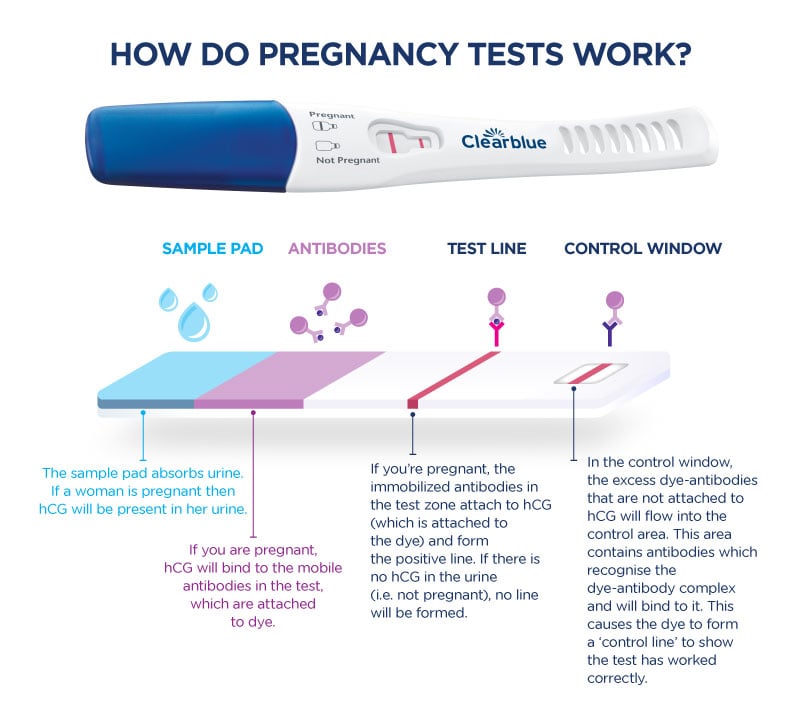
Pregnancy Test: How Soon Can You Test?
A pregnancy test is a device used to detect the presence of human chorionic gonadotropin (hCG) in urine or blood. hCG is a hormone produced by the placenta during pregnancy. The level of hCG in urine or blood increases rapidly during the early stages of pregnancy, doubling every 2-3 days. This makes it possible to detect pregnancy very early on, even before a missed period.
How Soon Can You Test?
The earliest you can test for pregnancy is 10-12 days after ovulation. This is because it takes time for the fertilized egg to implant in the uterus and for the placenta to begin producing hCG. However, most pregnancy tests are not sensitive enough to detect hCG levels this early.
Most home pregnancy tests are designed to detect hCG levels of 25 mIU/mL or higher. This means that you can expect to get a positive result on a home pregnancy test about 14 days after ovulation, or 4 days before your expected period.
However, some home pregnancy tests are more sensitive than others. Some tests can detect hCG levels as low as 10 mIU/mL, which means that you may be able to get a positive result as early as 10 days after ovulation.
Blood Tests vs. Urine Tests
There are two main types of pregnancy tests: blood tests and urine tests. Blood tests are more sensitive than urine tests and can detect hCG levels as low as 5 mIU/mL. This means that blood tests can detect pregnancy earlier than urine tests. However, blood tests are also more expensive and invasive than urine tests.
Urine tests are the most common type of pregnancy test. They are easy to use and can be purchased over-the-counter. However, urine tests are not as sensitive as blood tests and may not be able to detect pregnancy as early.
How to Take a Pregnancy Test
To take a home pregnancy test, follow these instructions:
- Collect a urine sample in a clean container.
- Remove the test strip from the package and dip it into the urine sample.
- Hold the test strip in the urine for the amount of time specified on the package instructions.
- Remove the test strip from the urine and lay it flat on a clean surface.
- Wait for the results to appear.
Interpreting the Results
Most home pregnancy tests will display one or two lines. If you see one line, the test is negative and you are not pregnant. If you see two lines, the test is positive and you are pregnant.
If you get a positive result on a home pregnancy test, it is important to see your doctor to confirm the pregnancy and rule out any other potential causes of your symptoms.
Factors That Can Affect the Results
There are a few factors that can affect the results of a pregnancy test, including:
- The sensitivity of the test. Some tests are more sensitive than others. If you are testing early, it is important to use a test that is sensitive enough to detect low levels of hCG.
- The time of day you test. hCG levels are highest in the morning, so it is best to test first thing in the morning.
- Your hydration status. Drinking too much water before taking a pregnancy test can dilute your urine and make it more difficult to detect hCG.
- Certain medications. Some medications, such as diuretics, can affect the results of a pregnancy test.
Conclusion
Pregnancy tests are a convenient and effective way to detect pregnancy early on. However, it is important to remember that no pregnancy test is 100% accurate. If you get a negative result on a home pregnancy test but you still think you may be pregnant, it is important to see your doctor for a blood test to confirm the results.